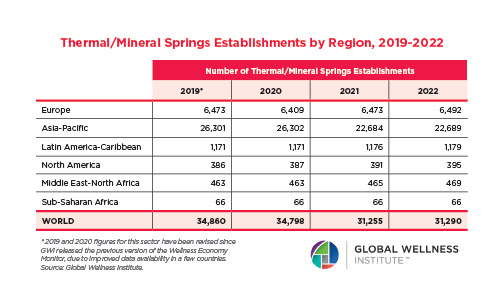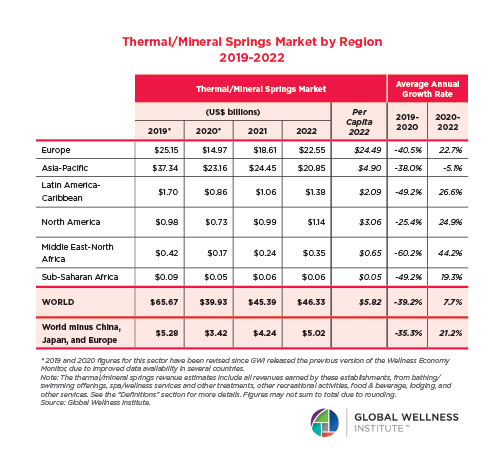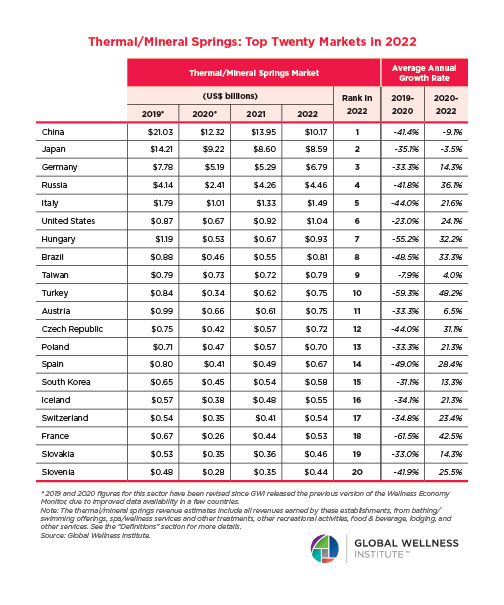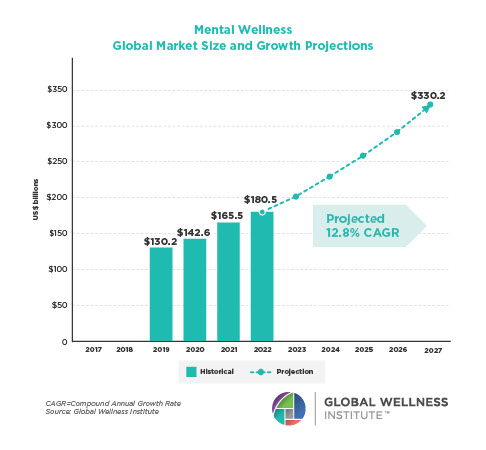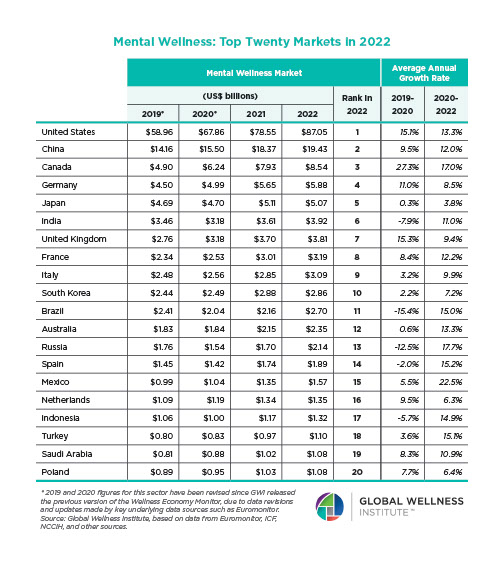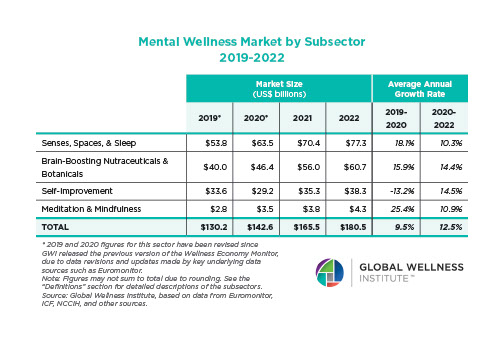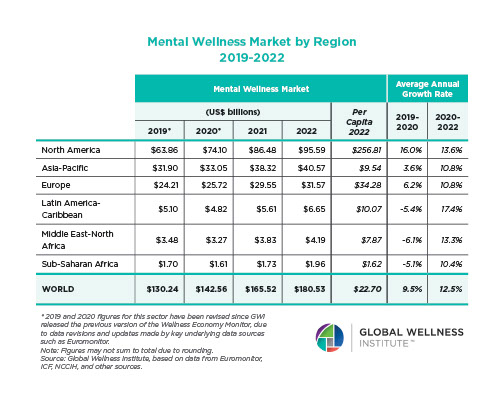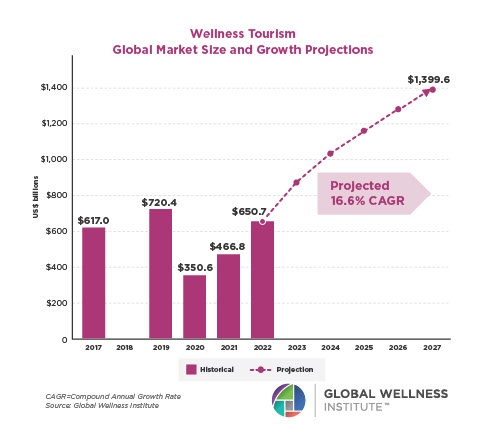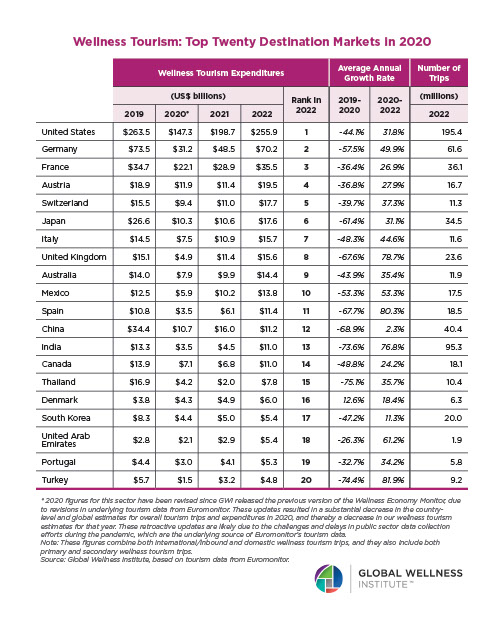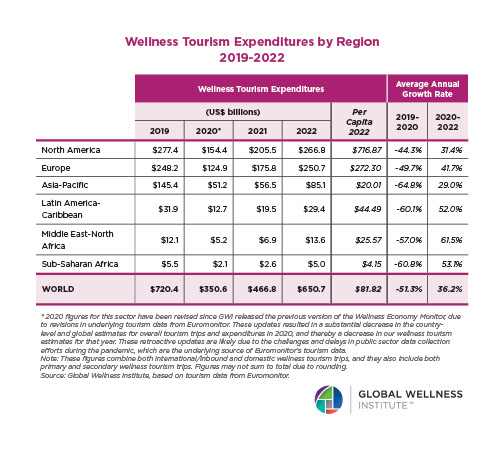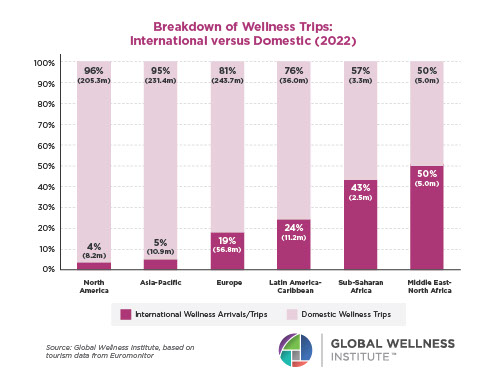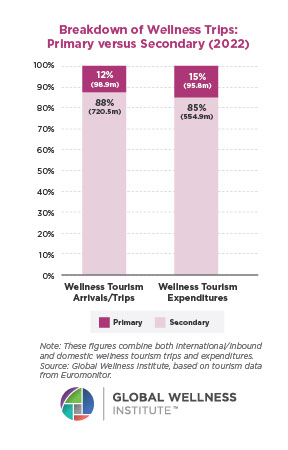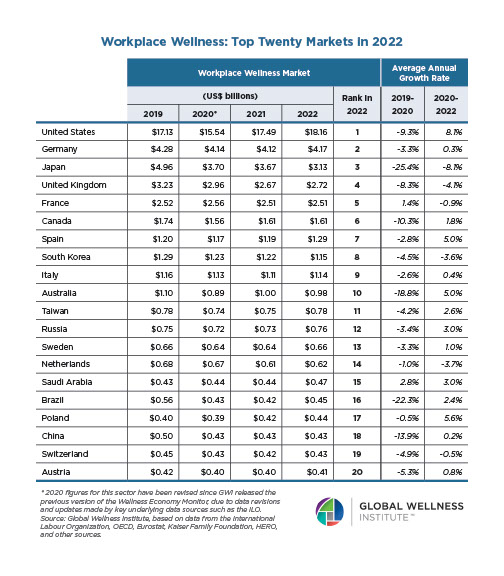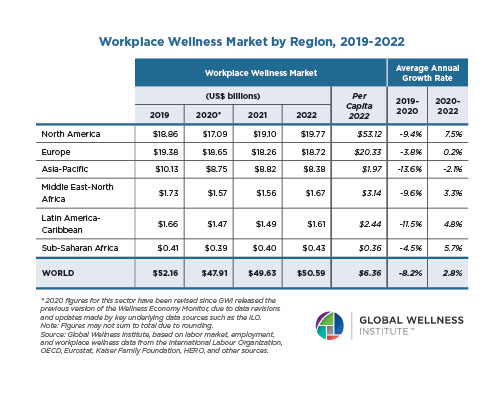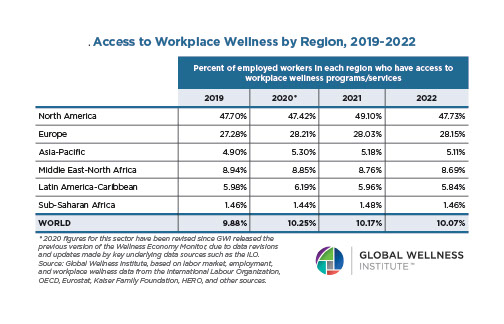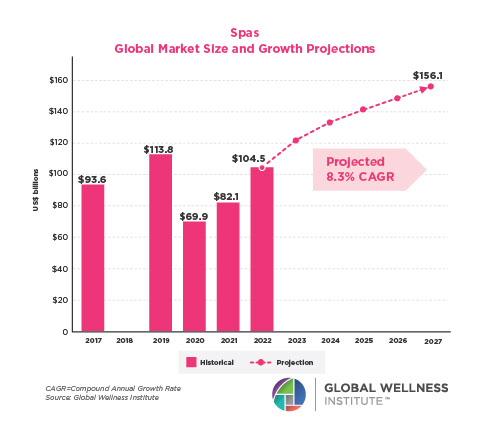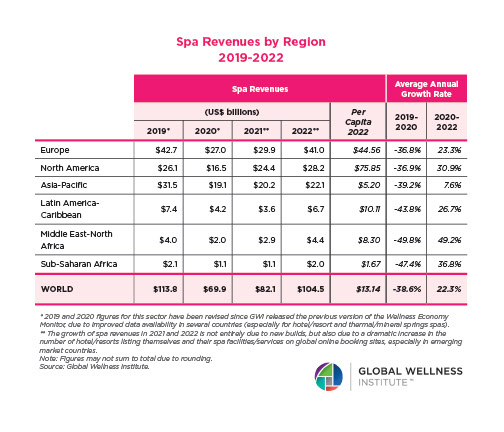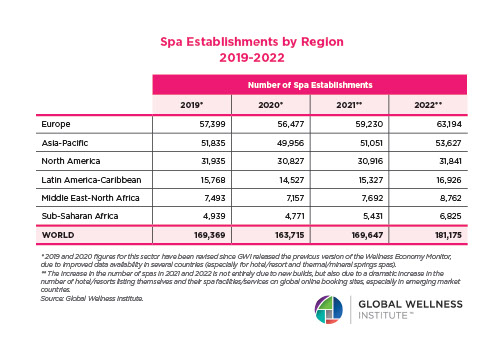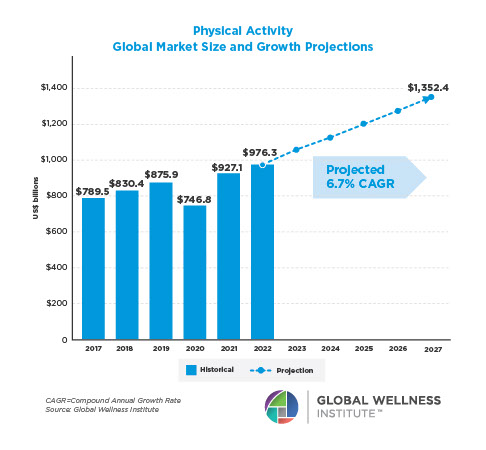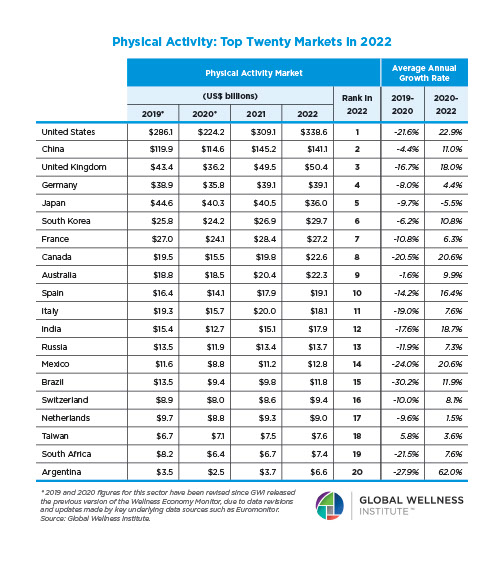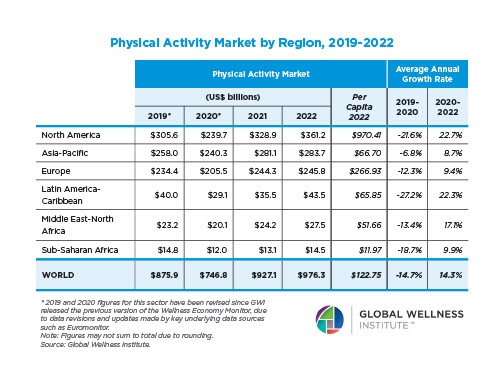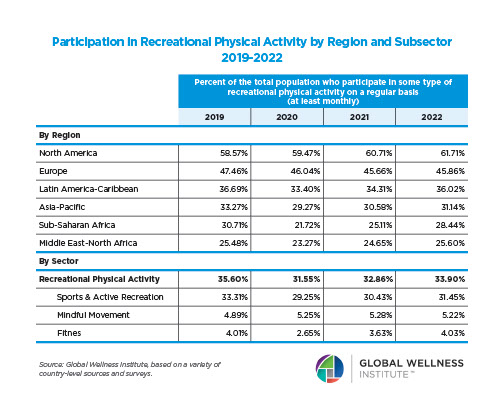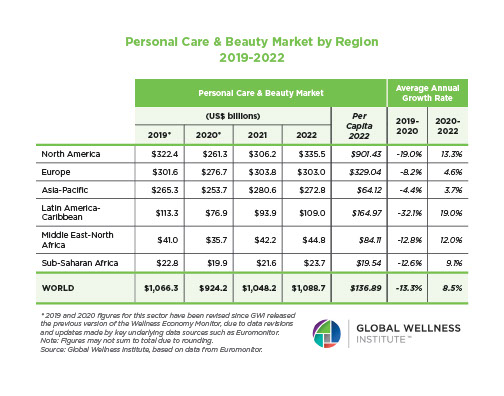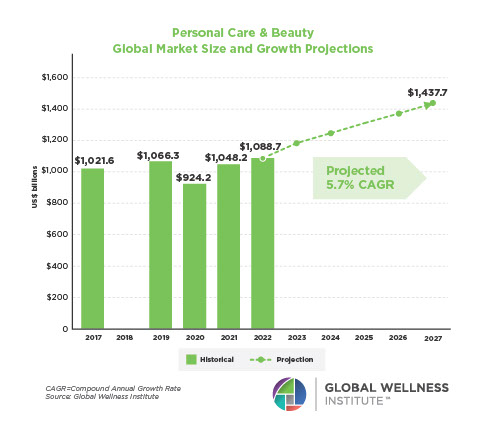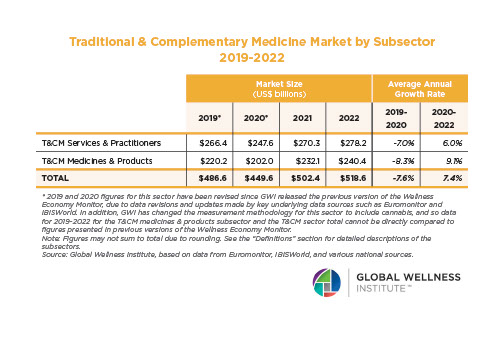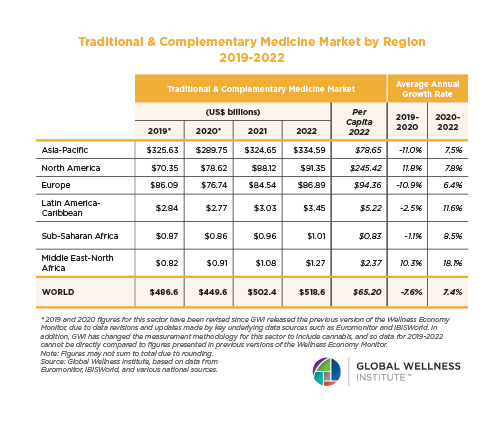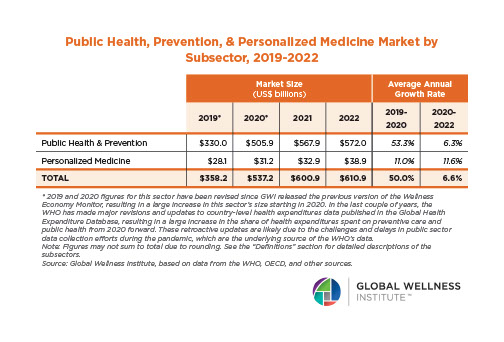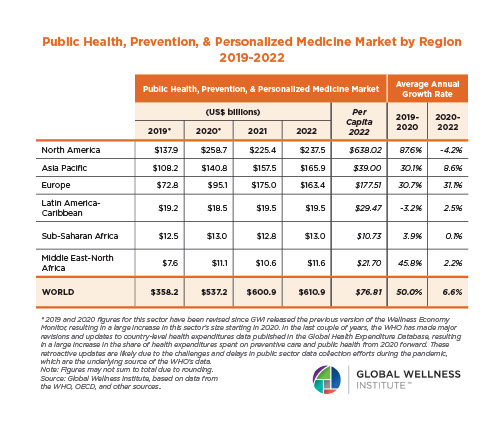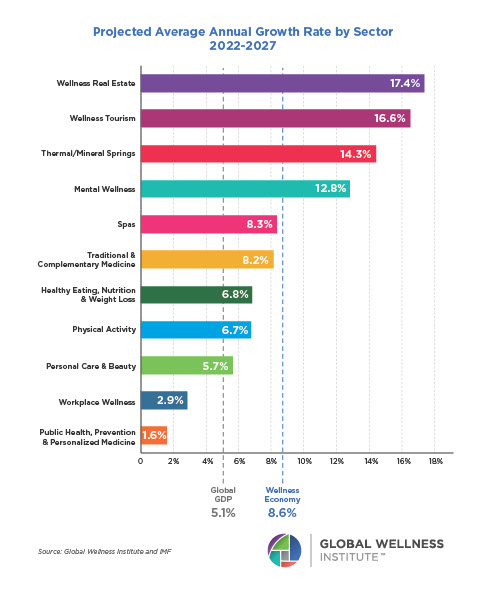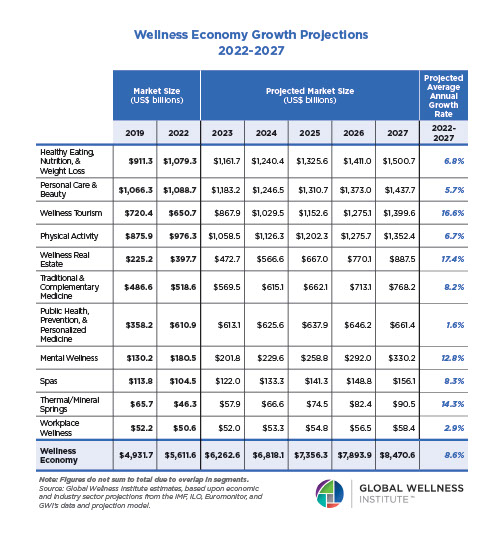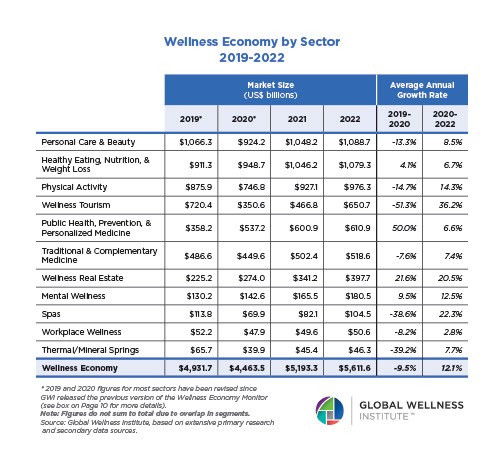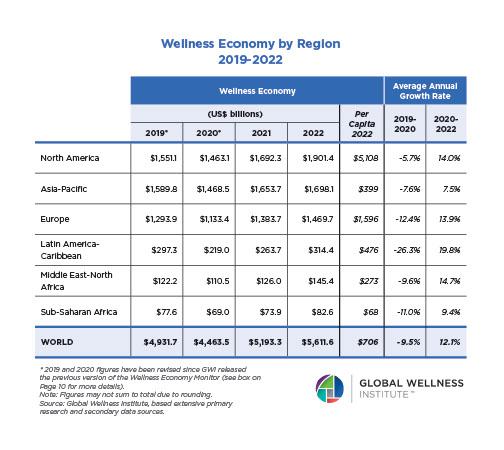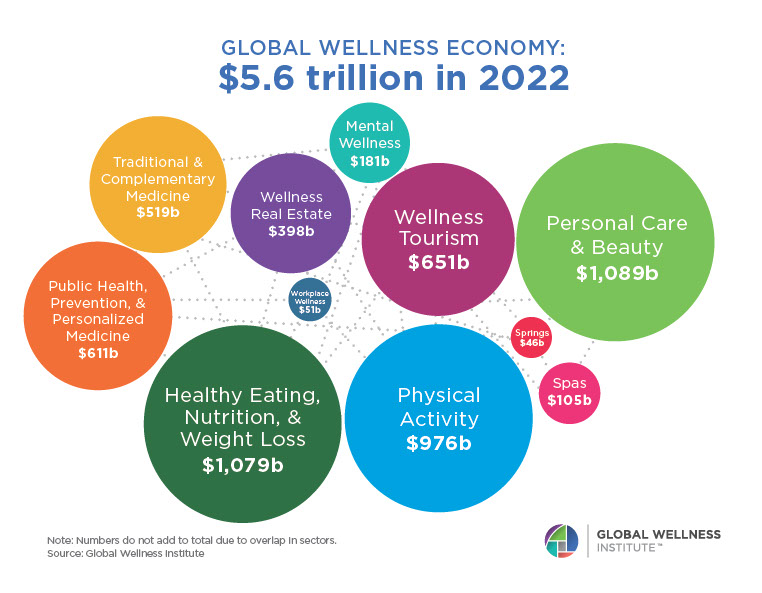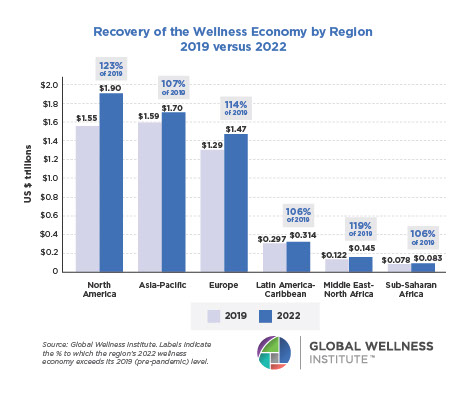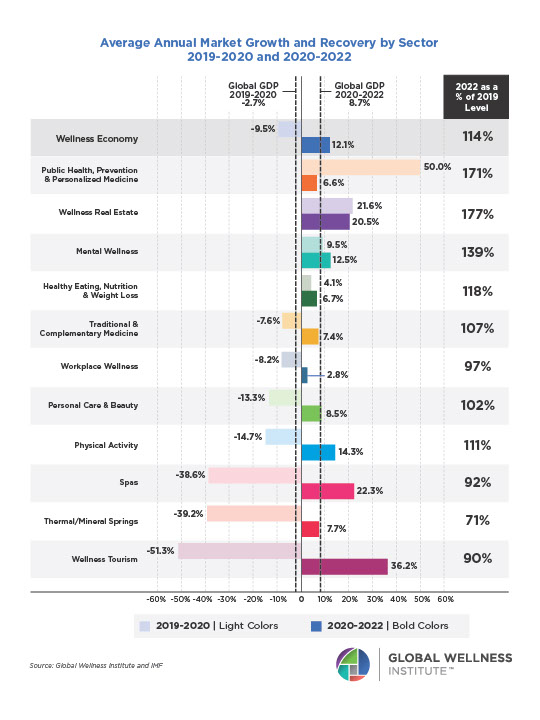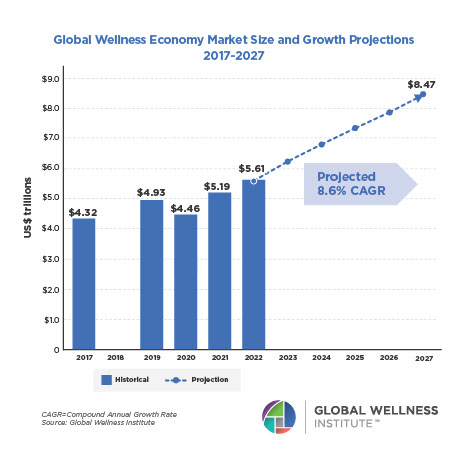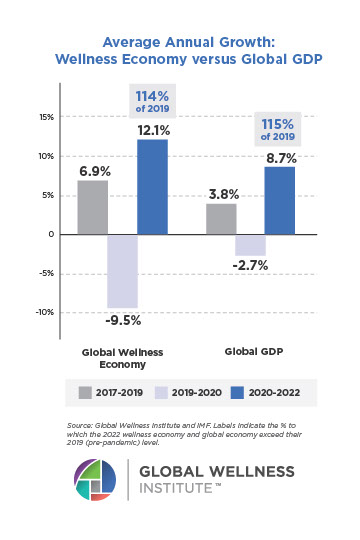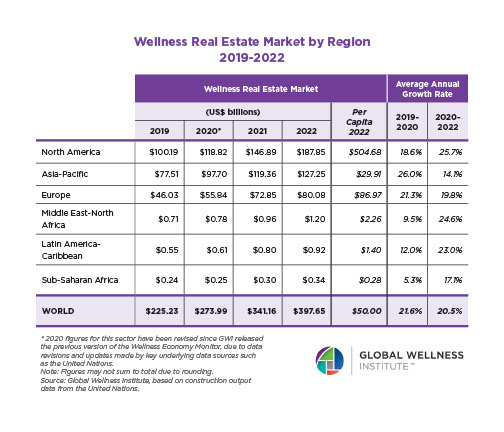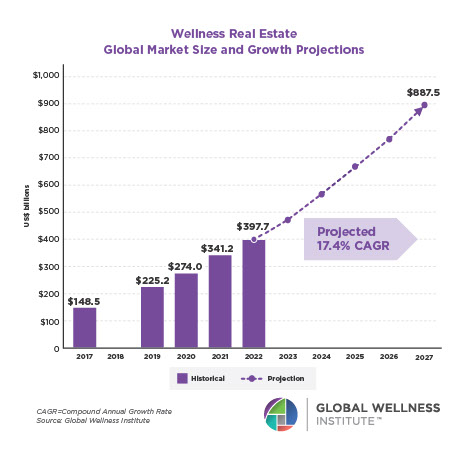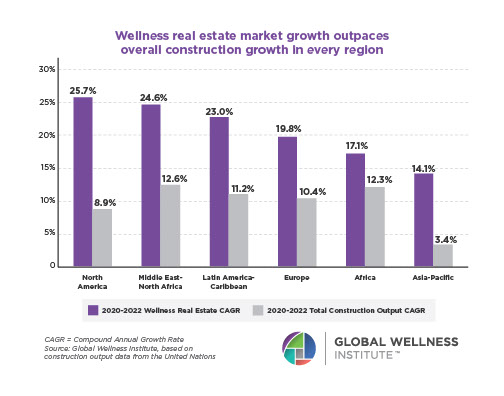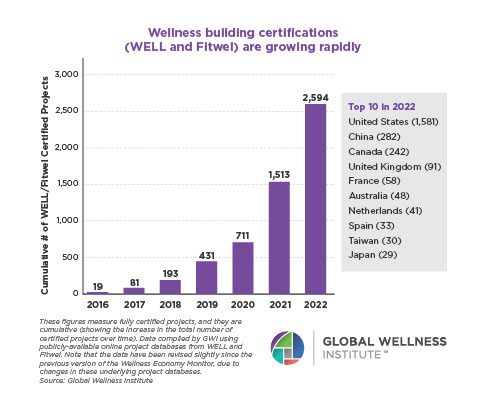Respiratory Wellness Initiative
2025 Trends
![]()
The 2025 Respiratory Wellness Initiative trends reflect accelerating climate impacts, technological integration, and systemic health challenges. Building on the foundations established in previous years, this year’s forecast emphasizes adaptive innovations, cross-sector collaboration, and targeted interventions for emerging environmental threats. Below are eight trends shaping respiratory wellness.

TREND 1: Greener Cities Designed for Better Breathing
Urban green corridors with trees and vegetation enhance air quality by reducing particulate matter and cooling urban areas through natural processes, such as transpiration. Cities worldwide are adopting green urban planning strategies to combat pollution and promote respiratory health.
Resources
- https://blog.bluebeam.com/green-corridors-climate-change/
- https://blog.mipimworld.com/guide-green-real-estate/green-real-estate-shaping-urban-cities-sustainability/
TREND 2: Intensified Agricultural Respiratory Risks
Changing farming practices and climate-driven shifts in land use are creating new respiratory hazards. Increased use of biofertilizers, desertification dust storms, and crop-burning particulates contribute to agricultural pneumoconiosis cases rising 22% in key grain belts. Converting natural ecosystems to agricultural land alters local climate patterns and reduces biodiversity. Clearing forests for livestock-related activities not only eliminates an important tool for absorbing CO₂, but also contributes to increased CO₂ emissions in the atmosphere, exacerbating global warming.
Resources
- “Deforestation and Climate Change”
- https://www.climatecouncil.org.au/deforestation/
- “Pulmonary Health Effects of Agriculture”
- https://pmc.ncbi.nlm.nih.gov/articles/PMC4764055/
TREND 3: Global IAQ Standardization Partnerships
The WHO-UNEP Clean Air Accord establishes unified indoor air quality metrics across 48 nations, mandating CO₂ thresholds (maximum of 800 ppm) and PM₂.5 limits (10 μg/m³) in public buildings. Governments and organizations are implementing stricter IAQ regulations in 2025, driven by health concerns and sustainability goals.
Resources
TREND 4: AI-Driven Predictive Pulmonary Networks
AI-powered wearables and predictive models are revolutionizing respiratory care by monitoring conditions like asthma and COPD in real-time, enabling timely interventions.
Machine learning algorithms are being used to predict exacerbations of respiratory diseases based on environmental and patient-specific data. The EU’s RESPIRE project demonstrated 34% fewer asthma hospitalizations through machine learning models predicting individual susceptibility windows during pollen/ozone spikes.
Resources
- https://www.frontiersin.org/journals/digital-health/articles/10.3389/fdgth.2024.1502434/full
- https://theconversation.com/listening-to-asthma-and-copd-an-ai-powered-wearable-could-monitor-respiratory-health-175301
- https://www.clinicbarcelona.org/en/news/the-respire-excel-project-has-won-an-award-from-the-marie-sklodowska-curie-actions-doctoral-network-in-the-horizon-europe-framework-programme
TREND 5: Wellness Travel Focused on Clean Air
Destinations like Switzerland and New Zealand are gaining popularity for their pristine air quality and eco-friendly tourism initiative. Certifications for wellness travel now emphasize clean air standards, aligning with sustainable tourism practices. More and more travelers are booking accommodations with an emphasis on clear air. Likewise, hospitality is adopting cleaner standards, incorporating such measures as in room air purifiers, filtration and monitors.
Resources
TREND 6: Better Vaccines for Older Adults
New RSV vaccines for older adults are showing high efficacy rates in preventing severe respiratory infections, addressing age-related vulnerabilities in lung function. These vaccines represent a significant advancement in protecting aging populations from respiratory diseases.
Resources
- “Efficacy and Safety of an mRNA-Based RSV PreF Vaccine in Older Adults”
- https://pubmed.ncbi.nlm.nih.gov/38091530/
- https://www.yalemedicine.org/news/should-you-get-an-rsv-vaccine
TREND 7: Innovations for Wildfire Air Safety
Wildfires contribute significantly to poor air quality through particulate matter emissions, which exacerbate respiratory conditions like asthma and bronchitis.
Efforts such as drone technology for creating clean-air corridors during wildfires are being explored to mitigate these risks. While other environmental measures are needed, the respiratory impact to the first responders and citizens is causing increased respiratory conditions.
Resources
- “Climate Change and Respiratory Diseases”
- https://pmc.ncbi.nlm.nih.gov/articles/PMC9487563/
TREND 8: Promoting Fair Access to Respiratory Health Resources
Addressing disparities in respiratory health requires eliminating environmental risks and improving access to healthcare for underserved communities. Programs by organizations like the American Thoracic Society focus on achieving health equity through advocacy, education, and policy changes.
Resources


